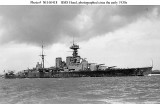List of author's articles
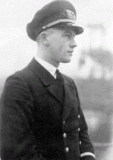
Baron Burkard von Müllenheim-Rechberg
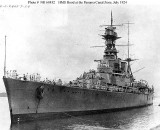
Battle cruiser HMS Hood part 1

Captain-Lieutenant Günther Prien
Holder of the Knight's Cross of the Iron Cross and Oak Leaves, the ninth most successful German submarine commander with 164,952 GRT

Captain-Lieutenant Joachim Schepke

Captain-Lieutenant Otto Ites

Corvette Captain Heinrich Bleichrodt

Corvette Captain Heinrich Liebe

Corvette Captain Herbert Schultze

Frigate Captain Albrecht Brandi
Albrecht Brandi was a German U-boat commander in Nazi Germany's Kriegsmarine during World War II. Together with Wolfgang Lüth, he was the only Kriegsmarine sailor who was awarded with the Knight's Cross of the Iron Cross with Oak Leaves, Swords and Diamonds.

Frigate Captain Erich Topp

Frigate Captain Heinrich Lehmann-Willenbrock

Frigate Captain Otto Kretschmer
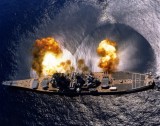
Iowa class battleships
Iowa Class Battleships - Reactions to the Japanese super-battleships Yamato and Musashi. Thanks to their modern concept, they have remained in active service until the 90s.
Iowa class battleships
Iowa Class Battleships - Reactions to the Japanese super-battleships Yamato and Musashi. Thanks to their modern concept, they have remained in active service for up to 90 years.

Operation Cerberus - Channel Dash
The German battle cruisers Scharnhorst and Gneisenau and the heavy cruiser Prinz Eugen, moored in Brest after returning from corsair cruises, became the targets of British air raids, which could sooner or later severely damage them. Therefore, it was decided to move them to Germany, where they could be provided with better defense.

Operation Rheinübung and sinking of Bismarck
In May 1941, most of Europe was ruled by fascist Germany. The Kriegsmarine ( German Navy ) wolf packs inflicted heavy losses on British convoys and attacked the German battlecruisers SCHARNHORST and GNEISENAU ( Operation BERLIN ), which sank or captured 22 ships with a total tonnage of 115,622 GRT during their corsair voyage, aggravating the British Empire.

Operation Rheinübung and sinking of Bismarck
Bismarck and Prinz Eugen, under the command of Admiral Günther Lütjens, left Gotenhafen ( now Gdynia ) on May 18, 1941 and passed through the Danish Straits of Kattegat and Skagerrak. In order to hide the corsair voyage to the British, the Germans organized a theater in the Baltic in the form of a large convoy with strong security ( Bismarck, Prinz Eugen, destroyers, etc. ). The air force patrolled over the convoy to, if necessary, neutralize reconnaissance aircraft. However, Bismarck was spotted by the Swedish cruiser GOTLAND and workers of the Norwegian resistance movement.

Operation Rheinübung and sinking of Bismarck
At 5:55, Hood fired his first volleys. A gong sounded on Hood announcing the start of the fight. There was a moment of silence, then a deafening blow and four projectiles, each weighing a ton, flew out of Hood at 2,575 km / h ( 715 m / s ). At that moment, the Germans realized that they were not cruiser guns, but battleships.

Operation Rheinübung and sinking of Bismarck
At 8:47 the first shots were fired from Rodney's guns, a minute later King George V began firing. Bismarck fired two minutes at the British ships and focused on Rodney, as his 406 mm guns posed a greater danger than the 365 mm King George V guns
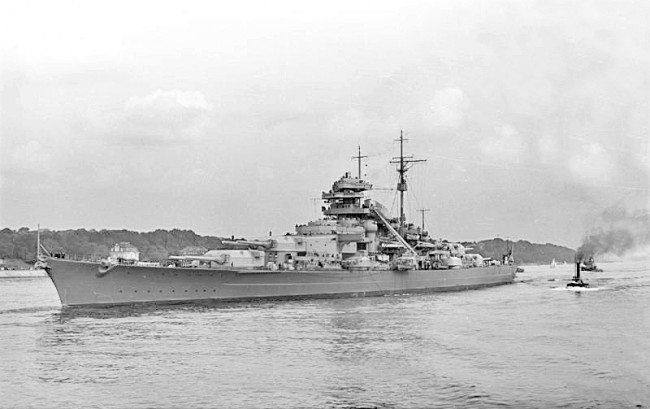
Operation Rheinübung and the sinking of Bismarck
Bismarck and Prinz Eugen left Gotenhafen on May 18, 1941 and passed through the Danish Straits of Kattegat and Skagerrak. In order to hide the corsair voyage to the British, the Germans organized a theater in the Baltic in the form of a large convoy with strong security. The air force patrolled the floating convoy to, if necessary, neutralize the reconnaissance aircrafts.
If Bismarck and Prinz Eugen got into the Atlantic, it would be a disaster for the British to the greatest extent.

Operation Weserübung - the assault on Denmark and Norway

Overview of the activities of the battle cruiser Gneisenau

Overview of the activities of the battle cruiser Scharnhorst

Overview of the activities of the battleship Bismarck
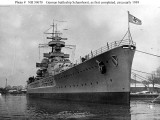
Scharnhorst and Gneisenau
Technical description, armament and equipment of these two famous ships

Sea Captain Karl Friedrich Merten

Sea Captain Victor Schütze

Sea Captain Wolfgang Lüth

SUBSUNK !

The battleships Bismarck and Tirpitz

The Downing Of The U-2

The sinking of the Hochseeflotte in Scapa Flow
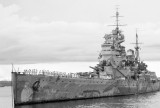
The sinking of the Task Force Z
On December 4, the newly formed Eastern Fleet arrived in Singapore, consisting of the battleship Prince of Wales, the battleship Repulse and several destroyers. Command was entrusted to Vice Admiral Thomas Philips.

The sinking of Wilhelm Gustloff - the largest naval evacuation in history
Join us
We believe that there are people with different interests and experiences who could contribute their knowledge and ideas. If you love military history and have experience in historical research, writing articles, editing text, moderating, creating images, graphics or videos, or simply have a desire to contribute to our unique system, you can join us and help us create content that will be interesting and beneficial to other readers.
Find out more